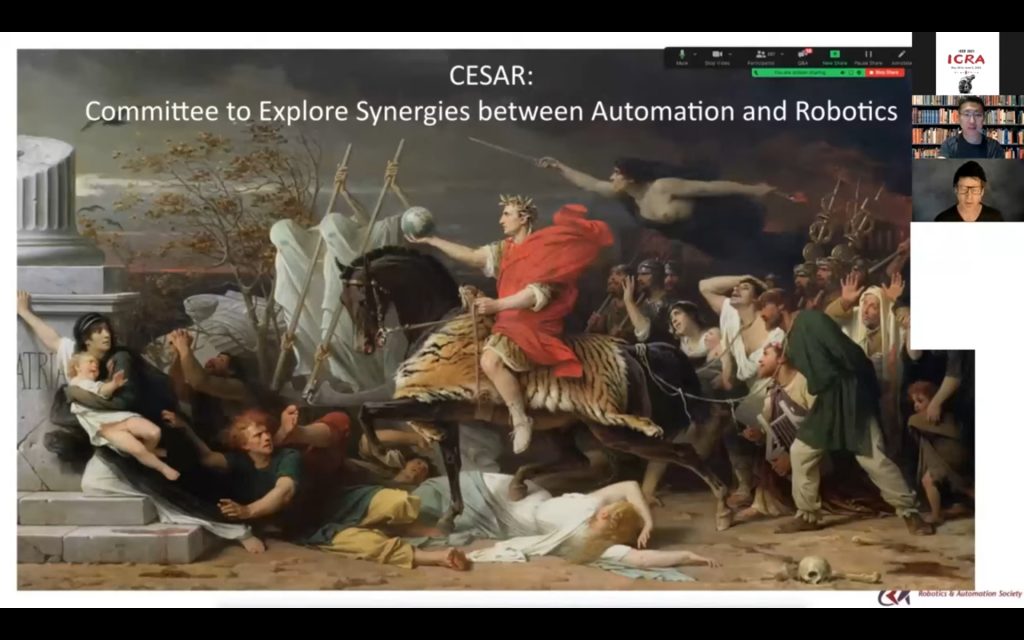
In this final video of our focus series on IEEE/RSJ IROS 2020 (International Conference on Intelligent Robots and Systems) original series Real Roboticist, you’ll meet Dennis Hong speaking about the robots he and his team have created (locomotion and new ways of moving; an autonomous car for the visually impaired; disaster relief robots), Star Wars and cooking. All in all, ingredients from different worlds that Dennis is using to benefit society.
Dennis Hong is a Professor and the Founding Director of RoMeLa (Robotics & Mechanisms Laboratory) of the Mechanical & Aerospace Engineering Department at UCLA. If you’d like to find out more about how Star Wars influenced his professional career in robotics, how his experience taking a cooking assistant robot to MasterChef USA inspired a multi-million research project, and all the robots he is creating, check out his video below!

